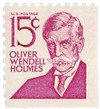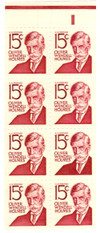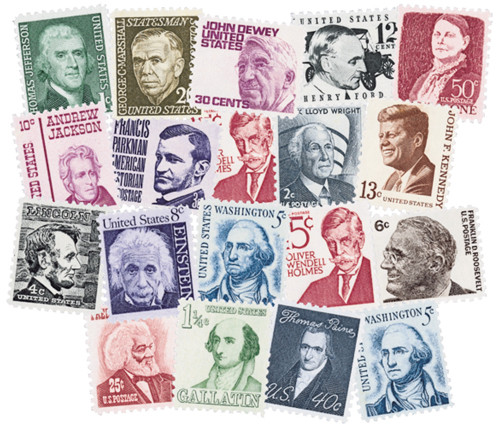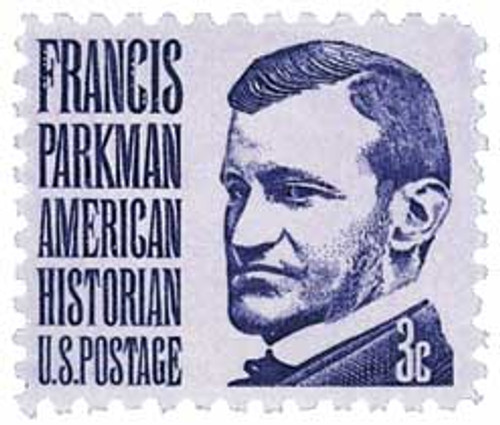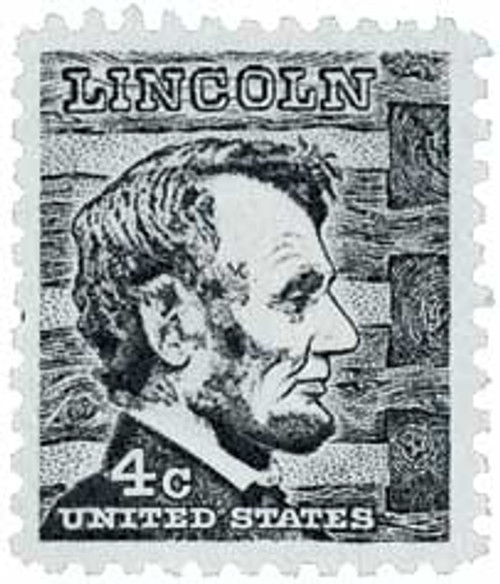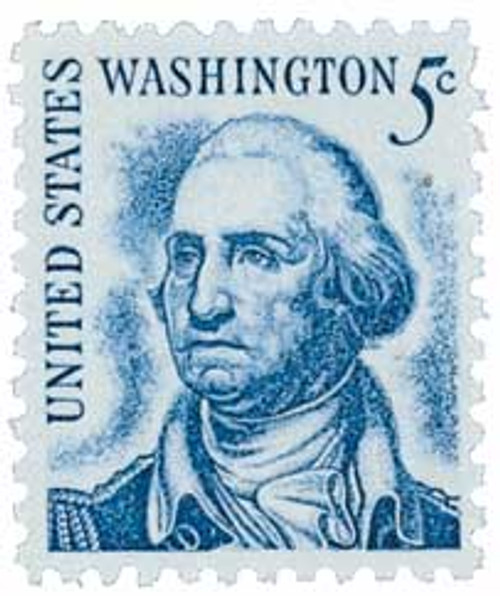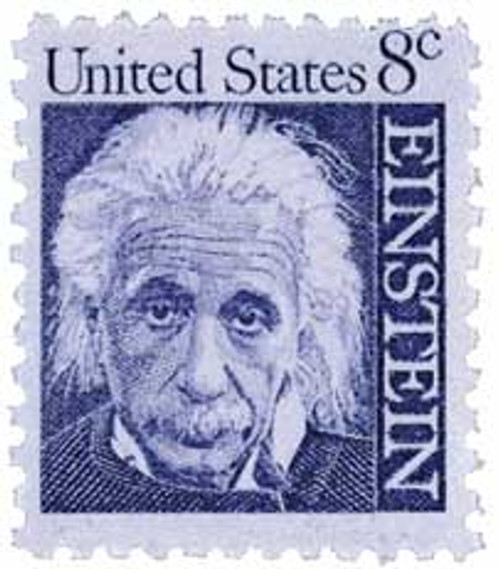
# 1288B - 1978 15c Oliver W. Holmes, booklet single
15¢ Oliver Wendell Holmes
Prominent Americans Series
City: Washington, DC
Printed By: Bureau of Engraving and Printing
Printing Method: Rotary Press
Color: Magenta
Battle of Ball’s Bluff
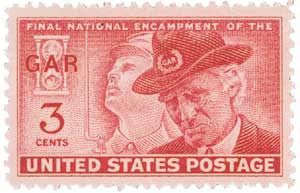
The Civil War Battle of Ball’s Bluff was fought in Loudoun County, Virginia on October 21, 1861. Though a minor battle and loss for the Union, it had some long-lasting effects on the war and some interesting historical connections.
The Union needed some positive news after the crushing defeat at Bull Run. George McClellan, general-in-chief of the Army of the Potomac, was pressured to show what his new army could do. He sent Brigadier General George McCall to Dranesville, Virginia, to scout out the Confederate troops in nearby Leesburg. McCall found the area abandoned, mapped it, and returned to base camp.
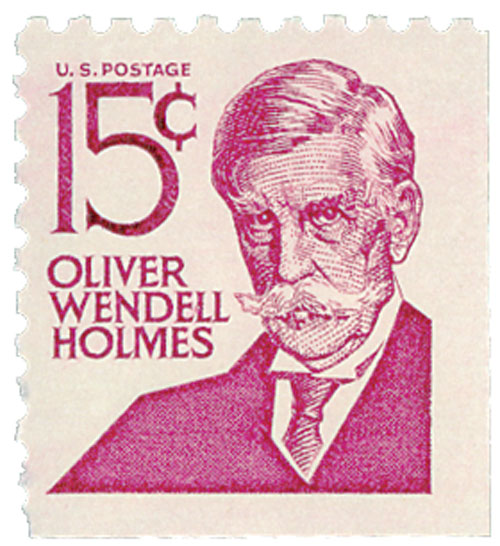
Confederate Colonel Nathan Evans had abandoned Leesburg when he noticed McCall’s Union troops gathering on the opposite shore of the Potomac River. Confederate Brigadier General Beauregard heard of the move, and he ordered Evans and his men back to Leesburg.
Harrison’s Island, in the middle of the Potomac River, was held by Union forces led by Colonel Charles Devens. Brigadier General Charles Stone ordered him to send a patrol to Leesburg at night to gather information. An inexperienced captain named Chase Philbrick led 20 men across the river to scout out the area. In the darkness, he mistook a clump of trees for Confederate tents. When Stone received the report, he ordered 350 men to attack the “camp” then return to their positions. When the sun came up on October 21, 1861, Devens realized the mistake. He sent a message to Stone and waited for instructions. In response, 350 additional men were sent to join Devens’s men to move inland and scout the area.
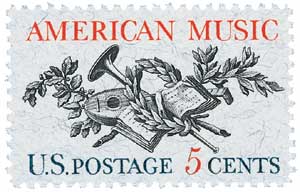
Colonel Edward Dickinson Baker joined Devens at his camp while they were waiting for the reinforcements. He was a US senator and friend of President Lincoln. Devens sent Baker to the crossing area and instructed him to decide whether to withdraw the Union troops or ask for reinforcements. On the way to the crossing, Baker met a messenger from Devens with word that his men had encountered some Confederate troops. Baker ordered more troops, but did not consider the number of boats he had available. The crossing took much of the day.
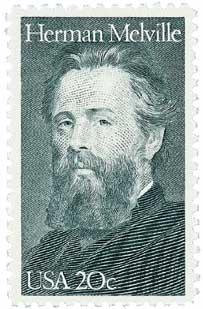
While the Union Army was transporting its troops across the rain-swollen Potomac, Confederates reinforced their troops at Leesburg and advanced. They forced Devens and his men to Ball’s Bluff, where Baker and his men were assembling. The battle started around 3:00 p.m. and raged until dark. The Confederates had the advantage of cover and backed the Union soldiers against the bluff overlooking the Potomac.
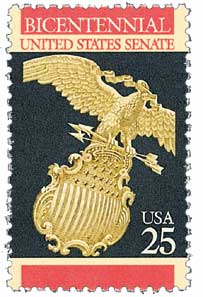
Colonel Baker was killed at about 4:30 and his men bravely retrieved his body, despite personal injury. The Union Army was driven down the 80 foot high rocky ledge and into the river. In the words of a Confederate observer, “They in one wild, panic-stricken herd, rolled, leaped, tumbled over the precipice.” The waiting boats were overcrowded with retreating soldiers and several sank. Many soldiers drowned, and 553 Union troops were captured by the Confederate Army.
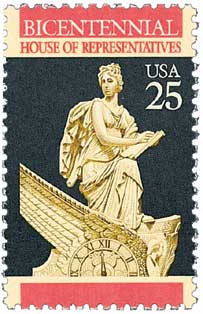
The Battle of Ball’s Bluff was minor compared with future battles of the war, but some of the results were long-lasting. For the Confederates, it was a victory that raised their morale and confidence. Congress, which wanted to find the cause for the Union defeats at Bull Run, Wilson’s Creek, and Ball’s Bluff, established the Congressional Joint Committee on the Conduct of War. The committee plagued Union officers and caused infighting among the high command until the war ended. General Stone was blamed for the defeat and was imprisoned for 189 days. Many years later, he was the chief engineer on the construction of the pedestal for the Statue of Liberty.
15¢ Oliver Wendell Holmes
Prominent Americans Series
City: Washington, DC
Printed By: Bureau of Engraving and Printing
Printing Method: Rotary Press
Color: Magenta
Battle of Ball’s Bluff

The Civil War Battle of Ball’s Bluff was fought in Loudoun County, Virginia on October 21, 1861. Though a minor battle and loss for the Union, it had some long-lasting effects on the war and some interesting historical connections.
The Union needed some positive news after the crushing defeat at Bull Run. George McClellan, general-in-chief of the Army of the Potomac, was pressured to show what his new army could do. He sent Brigadier General George McCall to Dranesville, Virginia, to scout out the Confederate troops in nearby Leesburg. McCall found the area abandoned, mapped it, and returned to base camp.

Confederate Colonel Nathan Evans had abandoned Leesburg when he noticed McCall’s Union troops gathering on the opposite shore of the Potomac River. Confederate Brigadier General Beauregard heard of the move, and he ordered Evans and his men back to Leesburg.
Harrison’s Island, in the middle of the Potomac River, was held by Union forces led by Colonel Charles Devens. Brigadier General Charles Stone ordered him to send a patrol to Leesburg at night to gather information. An inexperienced captain named Chase Philbrick led 20 men across the river to scout out the area. In the darkness, he mistook a clump of trees for Confederate tents. When Stone received the report, he ordered 350 men to attack the “camp” then return to their positions. When the sun came up on October 21, 1861, Devens realized the mistake. He sent a message to Stone and waited for instructions. In response, 350 additional men were sent to join Devens’s men to move inland and scout the area.

Colonel Edward Dickinson Baker joined Devens at his camp while they were waiting for the reinforcements. He was a US senator and friend of President Lincoln. Devens sent Baker to the crossing area and instructed him to decide whether to withdraw the Union troops or ask for reinforcements. On the way to the crossing, Baker met a messenger from Devens with word that his men had encountered some Confederate troops. Baker ordered more troops, but did not consider the number of boats he had available. The crossing took much of the day.

While the Union Army was transporting its troops across the rain-swollen Potomac, Confederates reinforced their troops at Leesburg and advanced. They forced Devens and his men to Ball’s Bluff, where Baker and his men were assembling. The battle started around 3:00 p.m. and raged until dark. The Confederates had the advantage of cover and backed the Union soldiers against the bluff overlooking the Potomac.

Colonel Baker was killed at about 4:30 and his men bravely retrieved his body, despite personal injury. The Union Army was driven down the 80 foot high rocky ledge and into the river. In the words of a Confederate observer, “They in one wild, panic-stricken herd, rolled, leaped, tumbled over the precipice.” The waiting boats were overcrowded with retreating soldiers and several sank. Many soldiers drowned, and 553 Union troops were captured by the Confederate Army.

The Battle of Ball’s Bluff was minor compared with future battles of the war, but some of the results were long-lasting. For the Confederates, it was a victory that raised their morale and confidence. Congress, which wanted to find the cause for the Union defeats at Bull Run, Wilson’s Creek, and Ball’s Bluff, established the Congressional Joint Committee on the Conduct of War. The committee plagued Union officers and caused infighting among the high command until the war ended. General Stone was blamed for the defeat and was imprisoned for 189 days. Many years later, he was the chief engineer on the construction of the pedestal for the Statue of Liberty.








